Objectives
- To understand that magnetic fields are due to moving charges or permanent magnets
- To be able to draw magnetic field lines to map magnetic fields
- To understand that a magnetic field pattern is created for a current-carrying conductor.
Magnetism is a crucial area of science that, when combined with electricity, helps allow most things that exist around us to work. There are three key types of magnets; permanent magnets, magnetic materials and electromagnets;
Permanent magnets
A permanent magnet is one which has a magnetic field present around it at all times irrespective of what you do to it or where you place it. You will be familiar with the typical bar magnet and will be required to draw a magnetic field around one;
 A magnetic field is a vector field, this is because when an external magnet is placed within this field it will experience a force – the north pole will be attracted to the south pole of this magnet and the south pole will be attracted the north. Because these fields exert forces on other magnets they have a direction, the direction ALWAYS goes from the north poles of a magnet to a south pole.
A magnetic field is a vector field, this is because when an external magnet is placed within this field it will experience a force – the north pole will be attracted to the south pole of this magnet and the south pole will be attracted the north. Because these fields exert forces on other magnets they have a direction, the direction ALWAYS goes from the north poles of a magnet to a south pole.
The three main common types of permanent magnets that exist are:
There is another but this is more rare so is rarely though of, this is known as Gadolinium. Some of you reading this may also think of Neodymium is magnet since it is on the periodic table and you can buy really strong neodymium magnets, however these are alloys and as such are made up of a variety of other materials including iron.
Almost 90% of earth is made up of Iron, due to this, it too has a magnetic field and two poles. In fact, Earth can be viewed of as a bar magnet with its own north pole and south pole If you look closely at the image above you will notice that at the geographical north pole, there is the magnetic south pole and similarly, at the geographical south pole we have the magnetic north pole. This is just the way history has panned out – when the first maps were introduced, Earths magnetic field had not yet been discovered etc.
If you look closely at the image above you will notice that at the geographical north pole, there is the magnetic south pole and similarly, at the geographical south pole we have the magnetic north pole. This is just the way history has panned out – when the first maps were introduced, Earths magnetic field had not yet been discovered etc.
A quite interesting fact is that because Earth’s core is hot and molten, the atoms are constantly moving and as such the magnetic field of Earth is always changing slightly too! This means that the magnetic north pole is never in a fixed position but moves around – This doesn’t mean you need to worry if out on Duke of Edinburgh, it does not move too significantly!
The human body can actually be modelled as a bar magnet as well under the right conditions. We have iron in our bodies an as part of a healthy diet you should ensure you consume some on a daily basis – this Iron as well as the other atoms in our body can be forced to rotate about their own axis when under the influence of a strong magnetic field, this is the principle on how MRI scanners work.
Magnetic materials
A magnetic material is one which can have the potential to be magnetic but is not all the time, it will become magnetic under the right conditions. Take a lump or iron for example (and this may contradict the sentences above), naturally some pieces are not magnetic and this is because the atoms within them are all arranged in different orientations. Each individual atom has its own magnetic field but is extremely weak, if all the atoms are positioned in their own directions, the magnetic field between two, three or more of them can destructively interfere and cancel out – making their be no net magnetic field.
However, in the presence of a strong magnetic field from an external magnet, all of the atoms in this lump of iron will rotate to point in the same direction. As a result of this the magnetic field of each of the atoms constructively superimpose and create a net magnetic field for the piece of iron – the lump becomes magnetic!
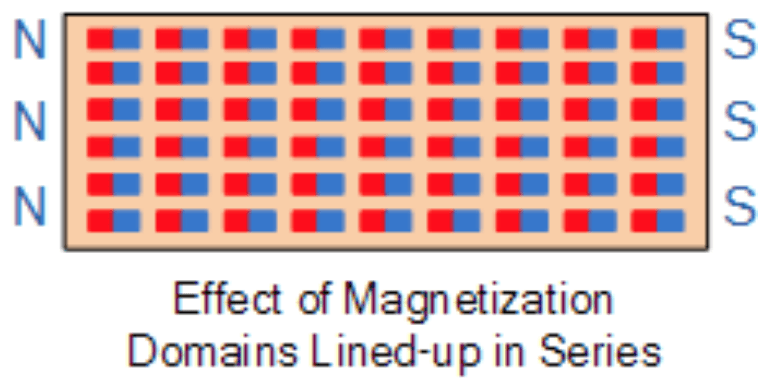 When the non-magnetised iron lump is put in the presence of an external magnetic field, work is done in rotating all of the atoms (or domains), this results in each atoms being forced out of the state in which they are most stable as they have lowest potential. This means that when the external magnet is removed, each atoms rotates back to its original position and therefore back to its lower (and more stable) state. This means that the magnetic material becomes demagnetised – it is only magnetic when influenced by an external magnet! The video from Veritasium at the bottom of the page describes this well.
When the non-magnetised iron lump is put in the presence of an external magnetic field, work is done in rotating all of the atoms (or domains), this results in each atoms being forced out of the state in which they are most stable as they have lowest potential. This means that when the external magnet is removed, each atoms rotates back to its original position and therefore back to its lower (and more stable) state. This means that the magnetic material becomes demagnetised – it is only magnetic when influenced by an external magnet! The video from Veritasium at the bottom of the page describes this well.
Electromagnets
As you can probably guess from the name an electromagnet is a type of magnet produced when using electricity. If you have a current carrying conductor (e.g. a wire) and placed a compass on one side of it you should see that the compass will rotate itself to fit in with that field. Move the compass around the wire in circles and the compass needle will rotate.
We will study more about electromagnets on the next page but to give you a taste of some items that require electromagnets to work have a look at the following images.
Strength of a magnetic field
The strength of a magnet fields is shown on a diagram by the number of fields lines in a given area – the more fields lines, the stronger the field and vice versa. You should also notice that the field lines (like electric fields) do not cross over one another, instead they superimpose and can be thought of as constructively or destructively interfering with one another.
Dipoles and Monopoles
Magnetic fields appear similar to electric fields in the sense that they go from one pole to another and they repel and attract other fields. Firstly, it is important for you to be able to demonstrate your knowledge on how to see a magnetic field – put a bar magnet under a piece of paper and sprinkle iron filings over the top will allow you to see the field lines but not their direction. A far better way is to put mini compassed on top of the paper (or move one magnet within the field) to see the direction of the field at any chosen point, as shown here;
https://www.youtube.com/watch?v=7lnGRHVRaNw
The magnetic fields between two bar magnets is similar to that between two electric charges and is dependent on the poles in questions. Here are some diagrams showing how the magnetic fields interact:
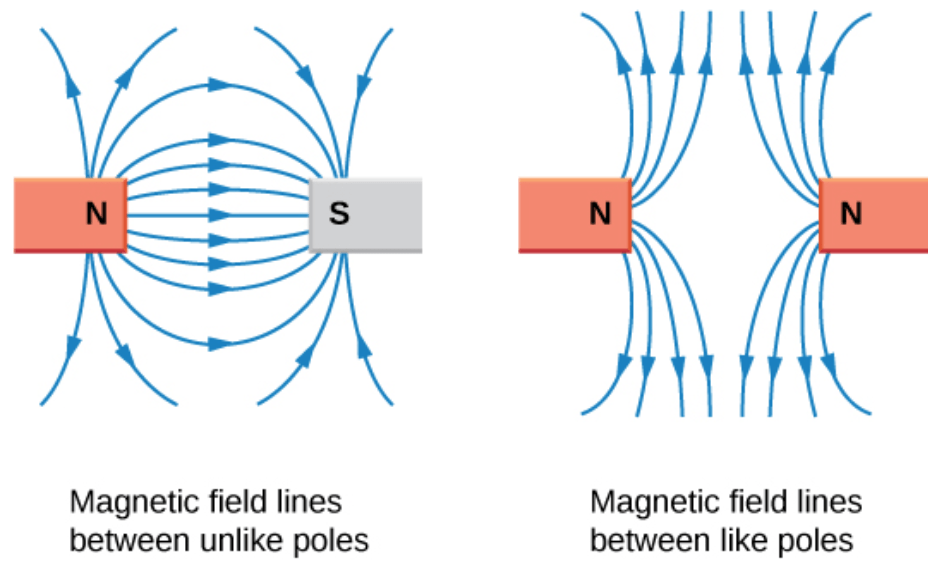 Very similar to electric fields:
Very similar to electric fields:
 The magnetic north pole is treated as the ‘positive pole’ in this sense. Which could bring up a big debate about which hemisphere on Earth is considered the ‘positive’ one – read here for more.
The magnetic north pole is treated as the ‘positive pole’ in this sense. Which could bring up a big debate about which hemisphere on Earth is considered the ‘positive’ one – read here for more.
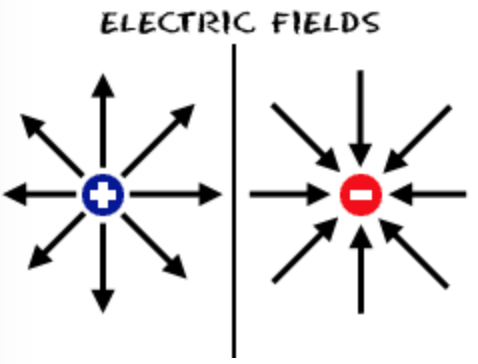 The major and quite significant difference between magnetic fields and electric fields is that electric fields arise due to a single charge, they have what we call a monopole (‘mono’ for one).
The major and quite significant difference between magnetic fields and electric fields is that electric fields arise due to a single charge, they have what we call a monopole (‘mono’ for one).
Magnetic fields however are not found to be isolated and only exist as a pair, they have what we call a dipole (‘di’ for two). If you have a bar magnet and cut it in two between the north and south poles, each half will then have a new pair of poles (if you think about this on an atomic scale this makes sense).
Again, similar to electric fields, uniform fields lines can be constructed and create a magnetic field pattern that can appear like the following (the north pole would have a south pole somewhere off to the left of it and similarly the south pole would have a north pole somewhere off to the right of it OR the two would poles shown would be connect by some form of ‘yolk’);
Different types of magnets and their fields:

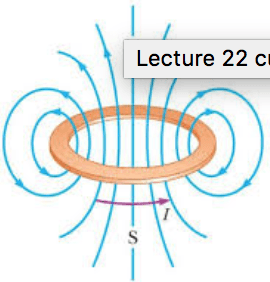
 The next image with annotations shows what the field looks like within a motor – the iron stator being a stationary part and the iron rotor a rotating part. Notice how the rotor allows the field lines to pass through it. Due the current carrying conductors (labelled the field conductor), the rotor enhances the magnetic field – this is similar to what is happening in the above far right image. Between a north and south pole a magnetic field is present, but introduce an iron ring and the magnetic field will travel through their iron, the iron contains it making the field stronger in this region as it pulls in more magnetic field lines.
The next image with annotations shows what the field looks like within a motor – the iron stator being a stationary part and the iron rotor a rotating part. Notice how the rotor allows the field lines to pass through it. Due the current carrying conductors (labelled the field conductor), the rotor enhances the magnetic field – this is similar to what is happening in the above far right image. Between a north and south pole a magnetic field is present, but introduce an iron ring and the magnetic field will travel through their iron, the iron contains it making the field stronger in this region as it pulls in more magnetic field lines. Watch the following video to top off and consolidate what you have read above:
Watch the following video to top off and consolidate what you have read above:
Further reading:
- Isaac Physics – Magnetic fields – The is a reading resource
- You should read about how we know that the Earth’s magnetic field has flipped many times in its history.
- You should research the history of magnetism.

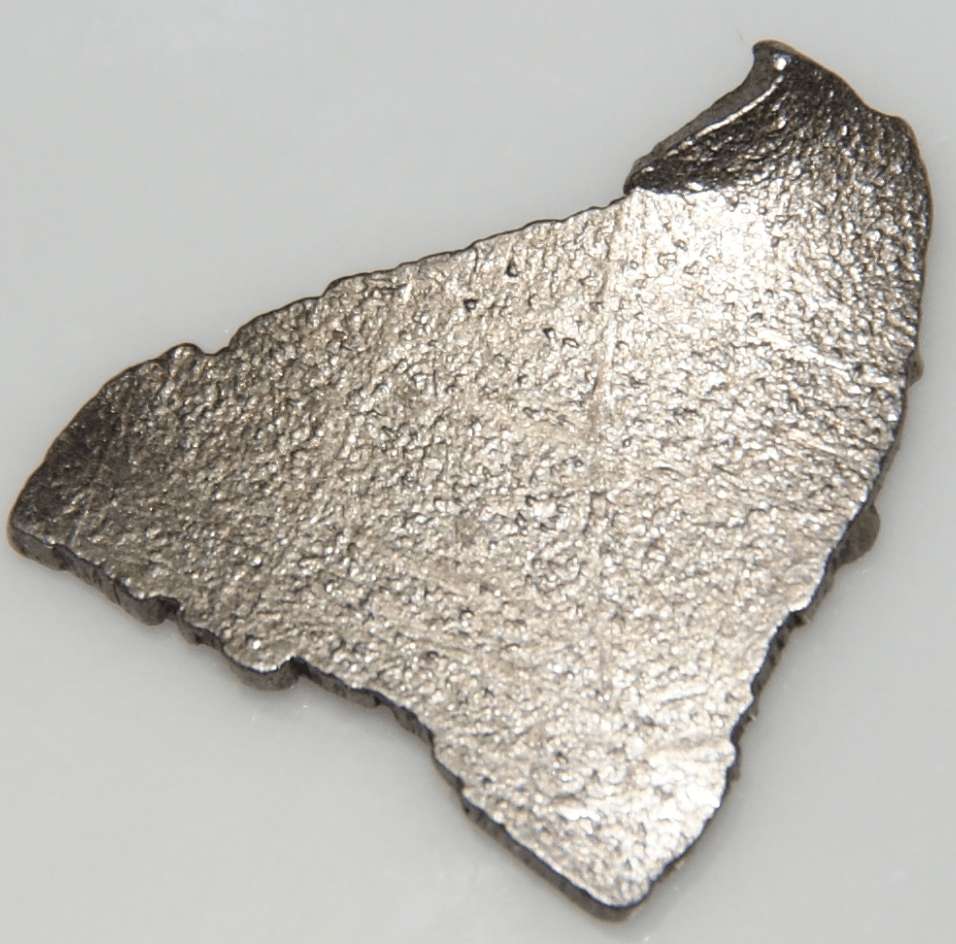
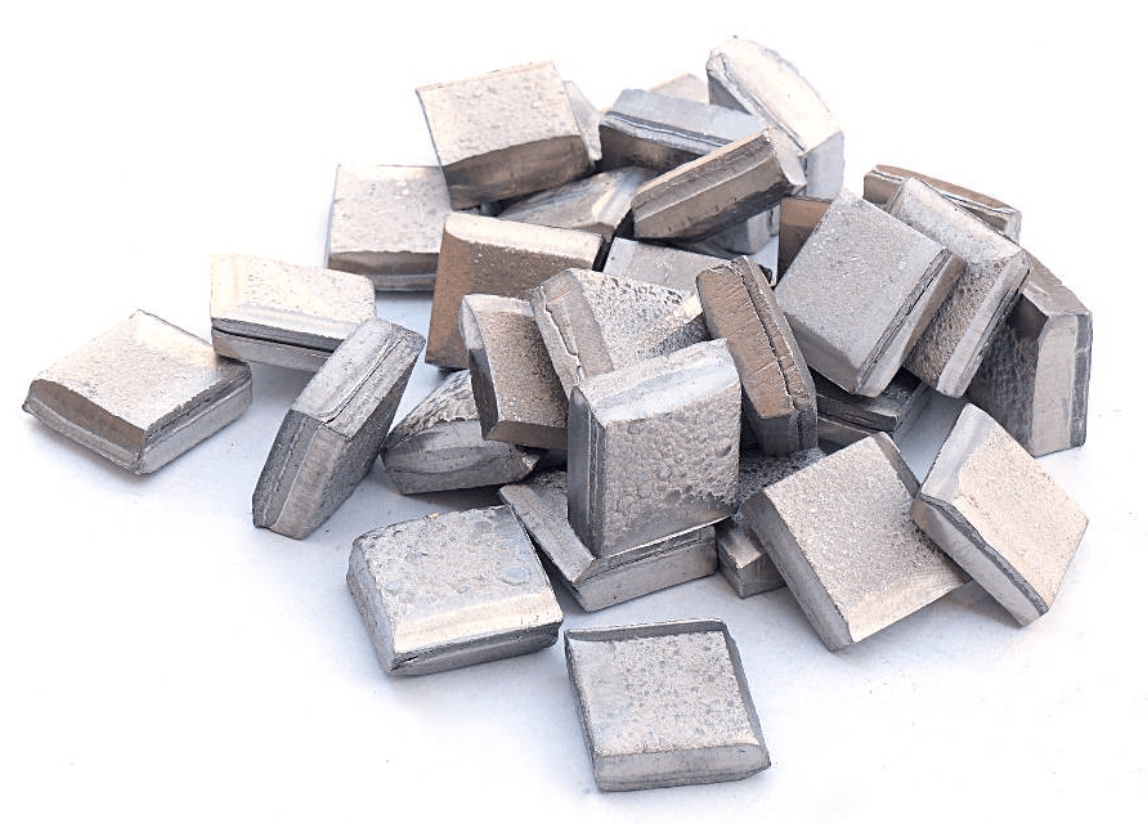



You must be logged in to post a comment.